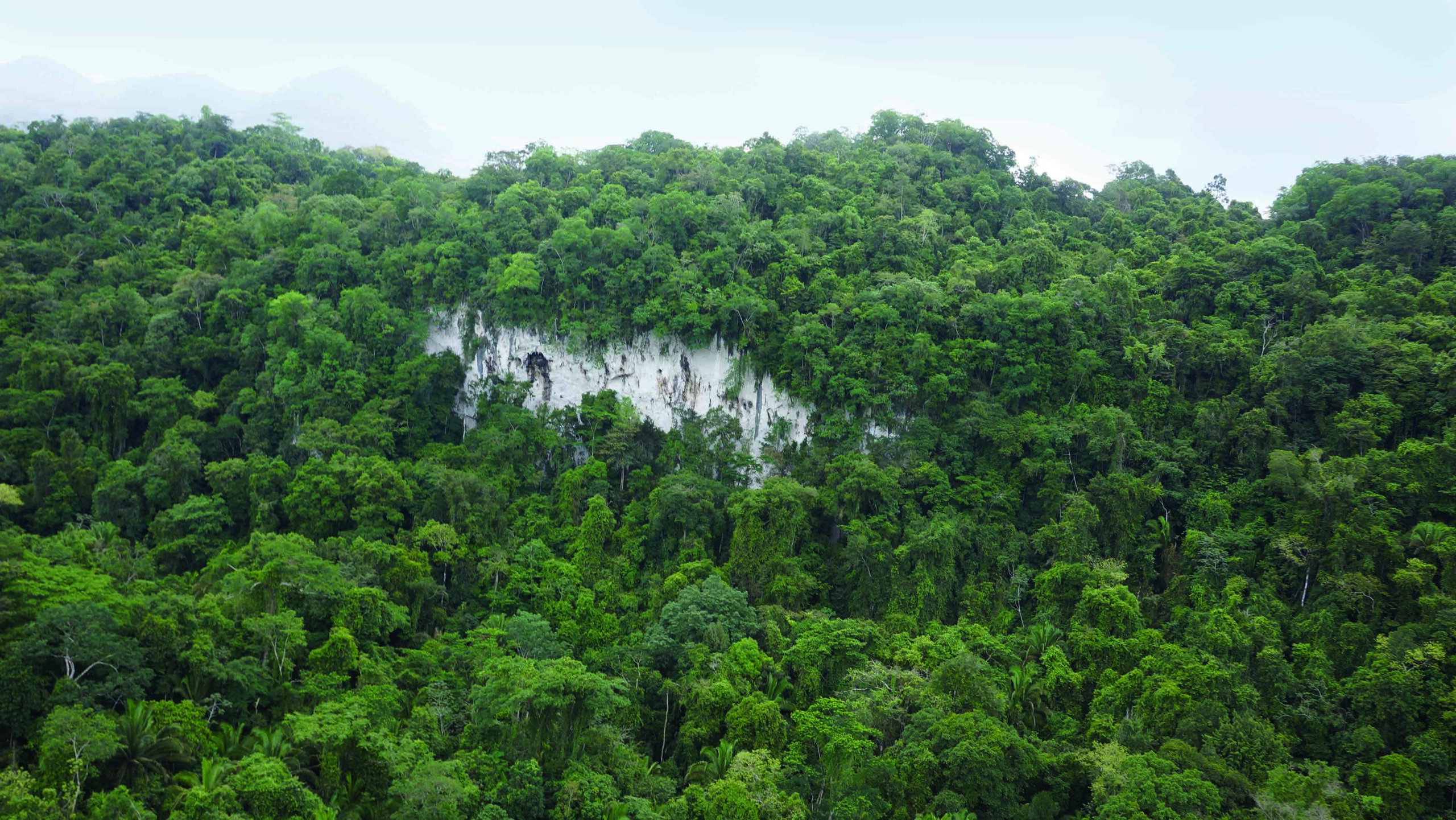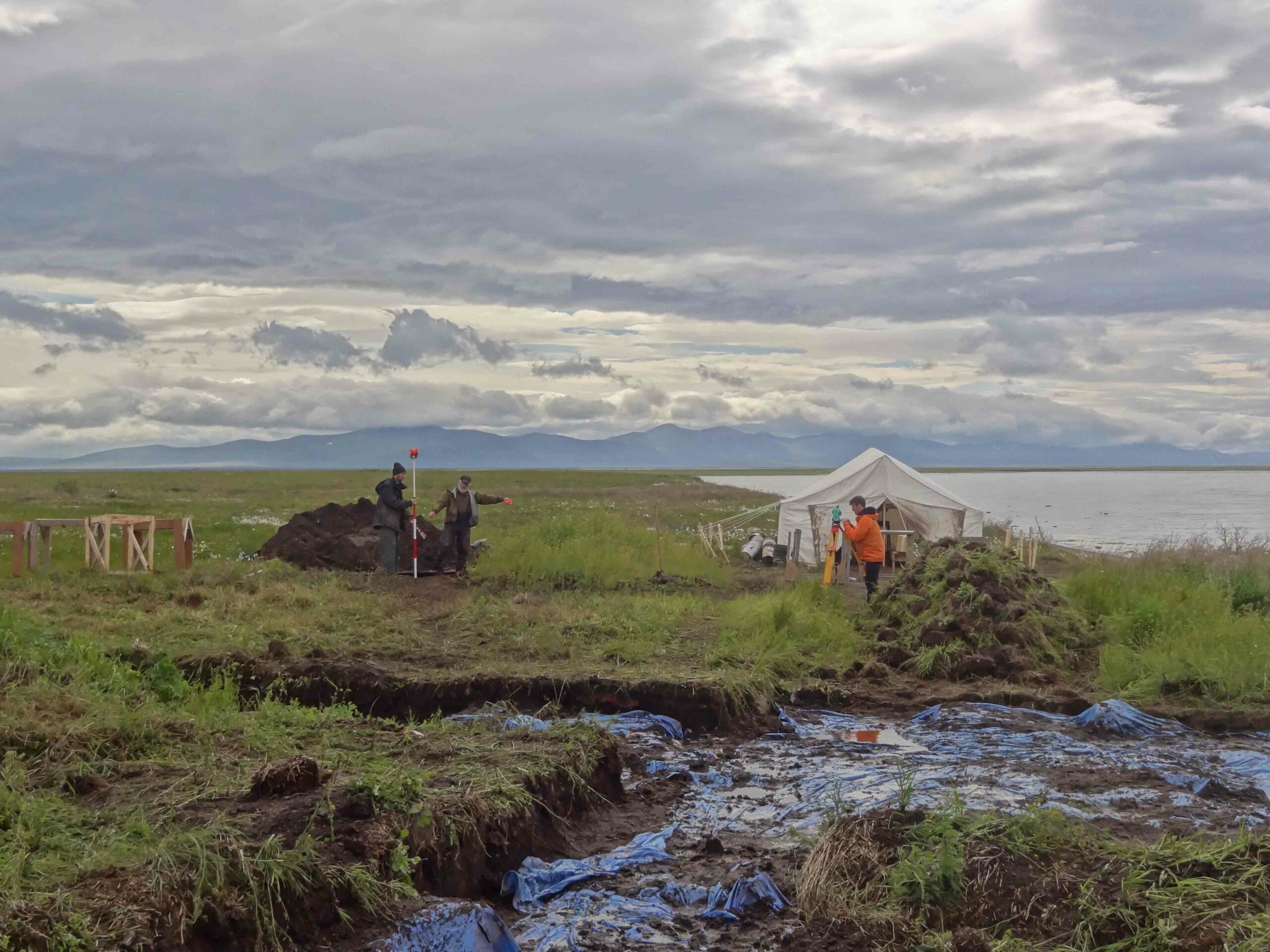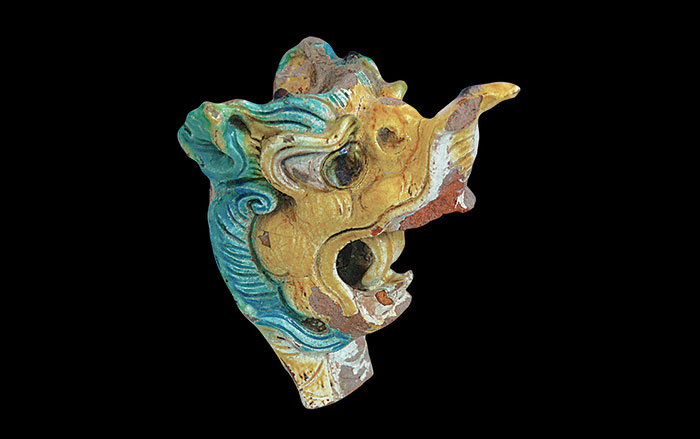
CANBERRA, AUSTRALIA—Fossils of seven giant rat species found in East Timor are helping archaeologists track the migration of people through Southeast Asia and determine what kind of impact they had on the environment. “We’re trying to find the earliest human records as well as what was there before humans arrived,” Julien Louys of Australian National University said in a press release. It has been shown that people were living in East Timor some 46,000 years ago and eating the giant rats. “The funny thing is that they are co-existing up until about a thousand years ago. The reason we think they became extinct is because that was when metal tools started to be introduced in Timor, people could start to clear forests at a much larger scale,” he said in a press release. To read about archaeology in Borneo, go to "Landscape of Memory."











